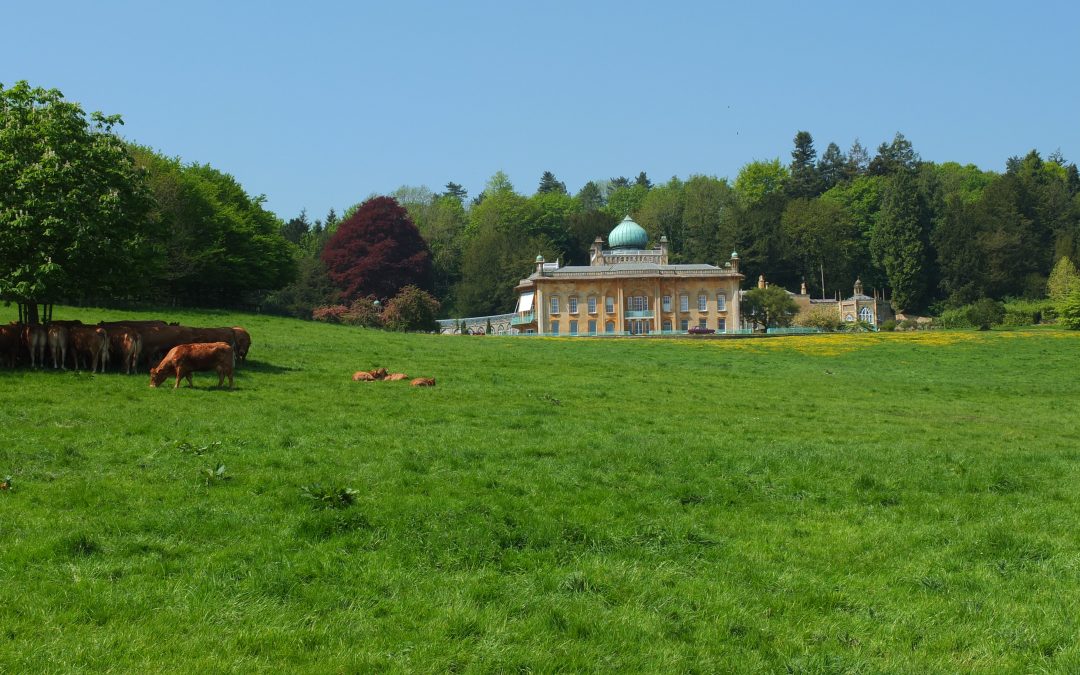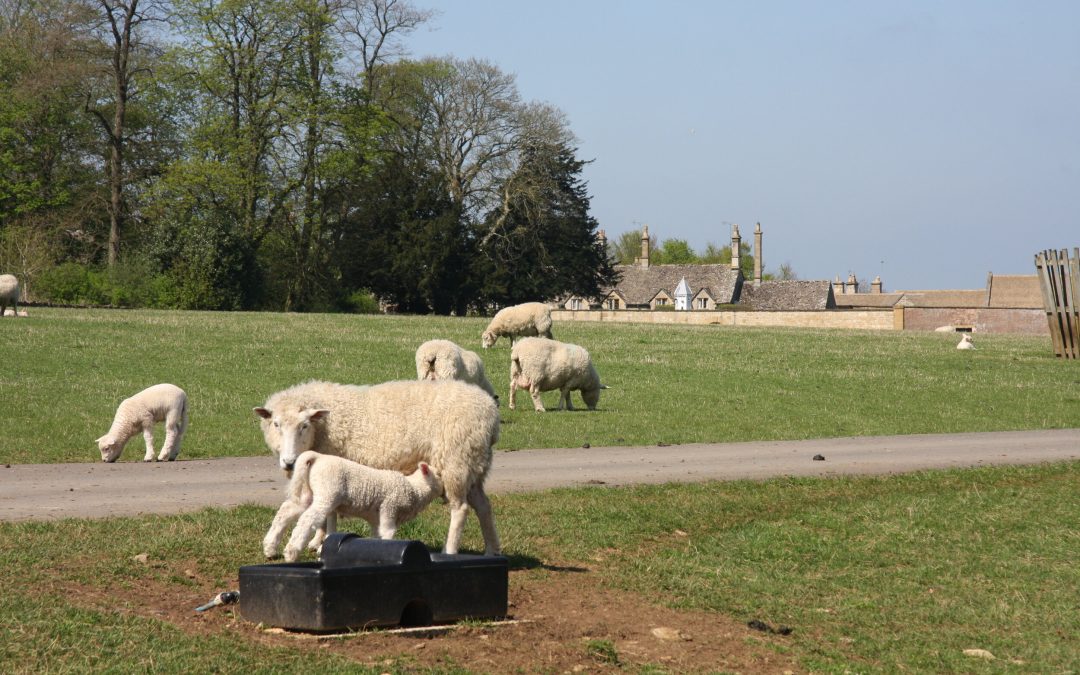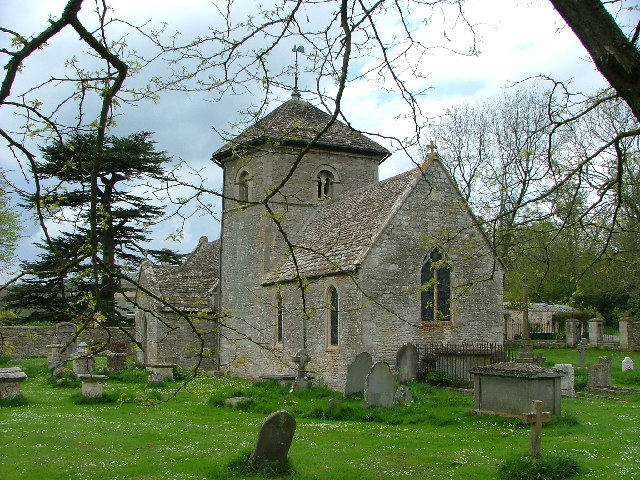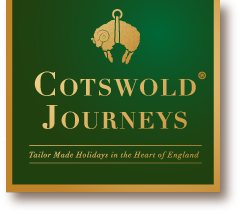
by Daniel Knowles | Oct 30, 2023 | Guide to The Cotswolds
The Manor and Garden Sezincote is definitely surprising, an Indian palace shimmering not in the torrid heat of the sub-continent but lying secluded and easily overlooked in the most English of landscapes. As you approach it on foot from the direction of...

by Daniel Knowles | Oct 30, 2023 | Guide to The Cotswolds
In Europe the best wool is English and in England, the best wool is Cotswold’ (12th century saying). One of the most significant contributors to the Cotswold landscape is the medieval wool industry. In the Middle Ages, the Cotswolds was well known throughout...

by Daniel Knowles | Oct 30, 2023 | Guide to The Cotswolds
Ozleworth The village was once ‘Oslan wyrth’, derived from the Old English words ōsle + worth, meaning either “enclosure of a man named Ōsla” or “enclosure frequented by blackbirds”. It was listed as Osleworde in the Domesday...

by Daniel Knowles | Oct 30, 2023 | Guide to The Cotswolds
Earliest Signs Of Man The Cotswolds area was never a political entity. Its history, therefore, is diffuse. The first Neolithic visitors came to the Cotswolds in about 3500BC, and have left some seventy long barrows, or burial tombs, some of which, in excellent...

by Daniel Knowles | Oct 30, 2023 | Guide to The Cotswolds
Stage Coaches were in general use from the early 18th century for about one hundred and fity years, with coaching inns or what was known as Staging Inns usually spaced some seven miles apart, many offering very basic facilities whilst others had access to a...

by Daniel Knowles | Oct 30, 2023 | Guide to The Cotswolds
There are three main elements, all constructed from local Oolitic limestone: the Kings Men stone circle, the King Stone, and the Whispering Knights. The name “Rollright” is believed to derive from the old English “Hrolla-landriht”, the land of Hrolla. They consist of...







